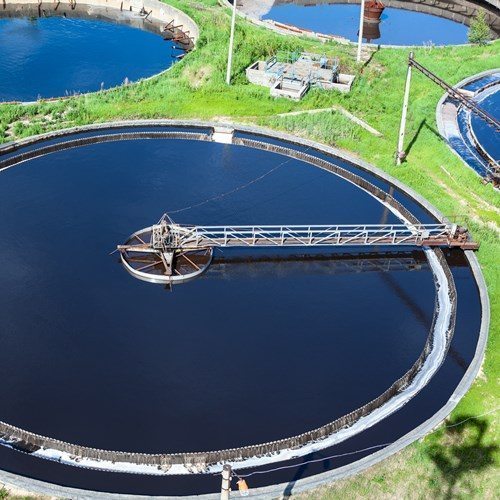The intensity of mining wastewater and commercial applications is huge. Because of the use of a large amount of water, most of the mining and commercial firms produce and discharge a huge quantity of wastewater which later triggers pollution and containment in the environment.
However, after witnessing the harsh consequences of wastewater in both ecology and mining sectors, the government has started employing some guidelines for the use and recycle of sewage and the result of which, we, now have Mining Wastewater Treatment solutions.
In order to meet the terms and conditions of the government and ensure the highest quality of water discharging the mining sites, mining companies are now enforced to use mining wastewater treatment plans. The design and purpose of the wastewater treatment systems for mining area are not restricted to any particular objective.
Water used in mining applications is abided to go through treatment solutions before being released to the outer water bodies. It is employed for minimizing the possibility for water infectivity, as well as ensuring the quality water, and meeting up the federal guidelines.
Water control techniques of mining wastewater treatment:
Sewage in mining wastewater treatment systems is carefully sanitized and purified in order to avert the discharge of infected water into the ecology and other water sources. And to carry out this, multiple techniques are followed and here are some of them:
- The first method of mining wastewater treatment is interrupting and diverting the water of rain, streams, and river from flowing towards the mining area. And to carry out this, robust and upstream dams are built up which reduces the potential for water contamination.
- Under the second method, the polluted water is recycled and the suspended solids are removed for lessening the quantity of water needing treatment.
- This trick is used to collect the drainage water discharged from the rainfall at the mine site by using the liners and pipes which are followed by the step of redirecting the water to dams.
- This step is designed for allowing the wastewater to dissolve in tanker or pond in order to avoid the potentiality of pollution.
- Installation of solid lines, channels, and covers on squander rock and ore piles are also followed in order to decrease the possibility of wastewater contacting with precipitation and groundwater sources.



Thanks for the share, Antony kiganda! Very useful information.